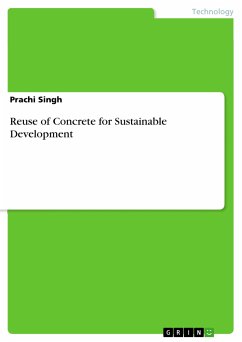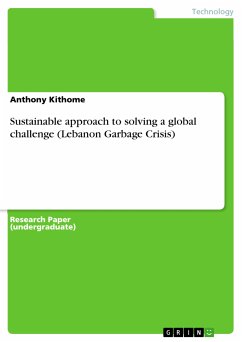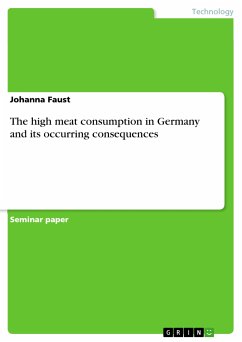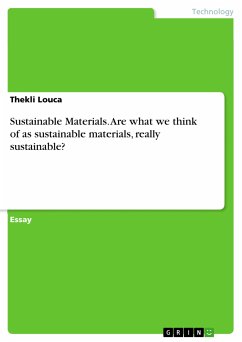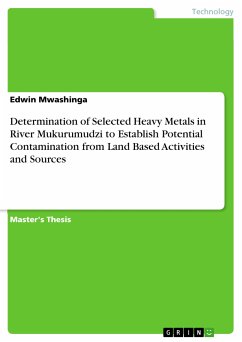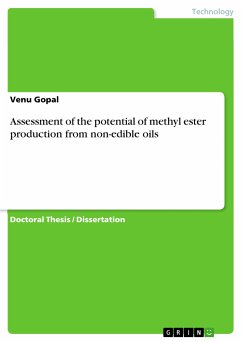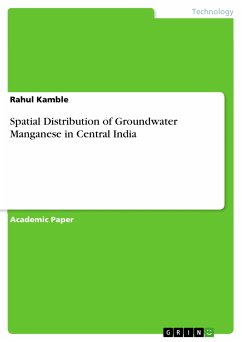Document from the year 2015 in the subject Environmental Sciences, grade: 8.44, , course: M.Tech., language: English, abstract: Concrete is the most widely used construction material for infrastructure needs in the Asian region and in the world. Unfortunately, the concrete industry is one of the largest consumers of natural resources and energy, and is responsible for large emissions of carbon dioxide that is one of the greenhouse gases responsible for global warming. It is imperative that the concrete industry must be in an active role of balancing the infrastructure needs and the protection of environment. This work presents a summary of some recent research closely associated with the sustainable development of concrete technology. The research projects include study and analysis of: - Causes of deterioration of concrete structures, problems at construction sites that causes early deterioration of concrete structures. In addition to above this book also presents some environmentally-friendly and sustainable concrete technology including the use of supplementary cementing materials (SCM), recycling concrete and other materials, enhancement of service life of concrete structures. Emerging technologies that have the potential to significantly contribute to sustainable concrete industry and barriers against reuse are presented at the end of book.
Dieser Download kann aus rechtlichen Gründen nur mit Rechnungsadresse in A, B, BG, CY, CZ, D, DK, EW, E, FIN, F, GR, HR, H, IRL, I, LT, L, LR, M, NL, PL, P, R, S, SLO, SK ausgeliefert werden.

